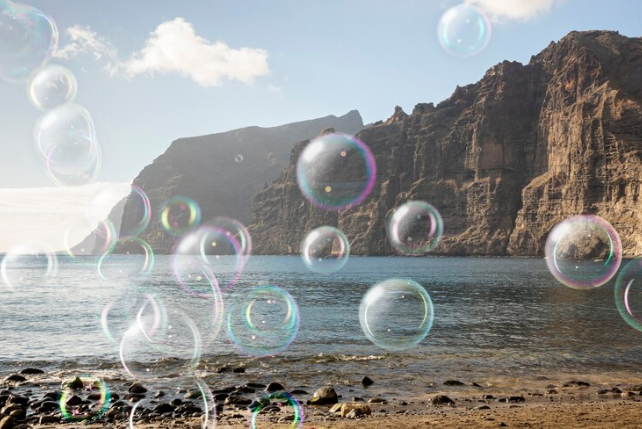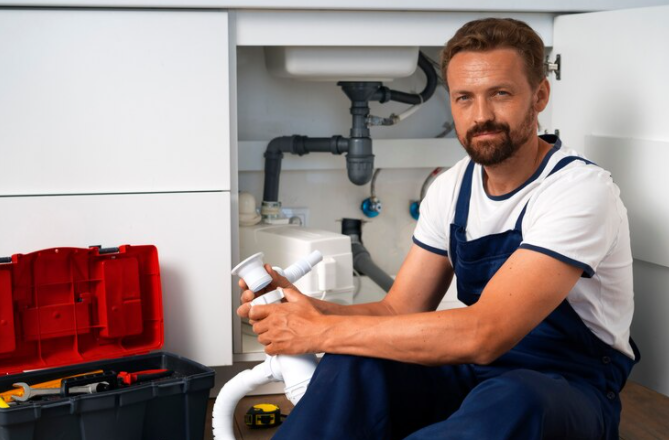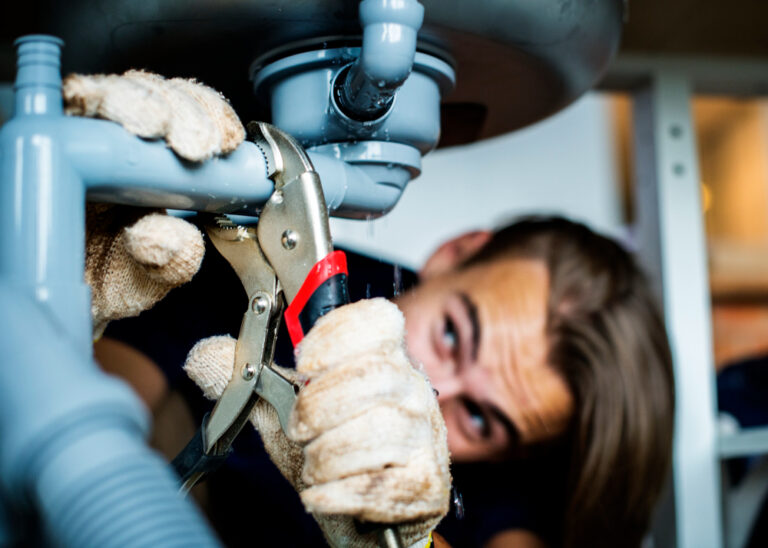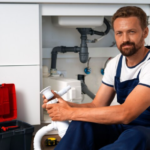Bubble wrap is one of those everyday items that many of us take for granted, but it has a fascinating history and a multitude of uses beyond just protecting fragile items during shipping. From its invention to its diverse applications, bubble wrap has proven to be a versatile and indispensable material in both industrial and personal settings. In this blog, we’ll explore the origins of bubble wrap, its many uses, and some creative ways you can incorporate it into your life.
The Origins of Bubble Wrap
Bubble wrap was invented quite by accident in 1957 by Alfred Fielding and Marc Chavannes. The two engineers were attempting to create a textured wallpaper by sealing two shower curtains together, which trapped air bubbles between them. While their wallpaper idea didn’t catch on, they soon realized that the material could be used as a cushioning material for packaging. Thus, bubble wrap was born.
In 1960, Fielding and Chavannes founded Sealed Air Corporation, which remains a leading manufacturer of bubble wrap and other packaging materials. Their invention revolutionized the shipping industry, providing a lightweight and effective means of protecting delicate items during transport.
How Bubble Wrap is Made
Bubble wrap is made from polyethylene, a type of plastic. The manufacturing process involves extruding the polyethylene resin into thin sheets, which are then molded to form the bubbles. The bubbles are created by trapping air between two layers of polyethylene, which are then sealed together. The size of the bubbles can vary, with larger bubbles providing more cushioning for heavier items, and smaller bubbles offering more surface protection for smaller, delicate items.
Practical Uses of Bubble Wrap1. Packaging and Shipping
The most common use of bubble wrap is for packaging and shipping. Its cushioning properties make it ideal for protecting fragile items such as glassware, electronics, and artwork. The air-filled bubbles absorb shocks and impacts, preventing damage during transit.
2. Moving House
Bubble wrap is indispensable when moving house. Wrapping breakables like dishes, vases, and mirrors ensures they arrive at the new location in one piece. It’s also useful for padding boxes to prevent items from shifting during the move.
3. Insulation
Bubble wrap can be used as a makeshift insulator. By placing it on windows, you can reduce heat loss in the winter. The trapped air in the bubbles provides a barrier that helps to keep the cold out and the warmth in.
4. Gardening
Gardeners can use bubble wrap to protect plants from frost. Wrapping bubble wrap around pots or using it to cover plants can provide an extra layer of insulation against the cold.
Creative Uses for Bubble Wrap1. Stress Relief
One of the simplest joys of bubble wrap is popping the bubbles. It’s an oddly satisfying activity that many people find stress-relieving. Keep a sheet of bubble wrap at your desk for a quick stress-busting session.
2. Art Projects
Bubble wrap can be used in various art projects. Kids and adults alike can use it for painting, creating textured prints by dipping it in paint and pressing it onto paper or canvas. It’s a fun and unique way to add a new dimension to your artwork.
3. Party Decorations
Bubble wrap can be used to create fun and unusual party decorations. From bubble wrap table runners to funky party hats, there’s no limit to the creative uses of this versatile material.
4. Camping Mats
If you’re in a pinch, bubble wrap can serve as an emergency camping mat. It’s lightweight and provides some cushioning against the hard ground, making your camping experience a bit more comfortable.
Environmental Considerations
While bubble wrap is incredibly useful, it’s important to consider its environmental impact. Traditional bubble wrap is made from plastic, which can take hundreds of years to decompose. Fortunately, many companies now offer eco-friendly alternatives, such as biodegradable bubble wrap and bubble wrap made from recycled materials.
Recycling bubble wrap is another option to reduce its environmental footprint. Check with your local recycling program to see if they accept bubble wrap. Some shipping stores and recycling centers also have drop-off bins for plastic films, including bubble wrap.
Conclusion
Bubble wrap is more than just a packaging material; it’s a versatile and creative tool that has a myriad of uses both practical and fun. From its accidental invention to its role in protecting our valuable items, bubble wrap has become an essential part of our lives. As we continue to seek sustainable solutions, it’s important to use and dispose of bubble wrap responsibly, ensuring we enjoy its benefits while minimizing its impact on the environment.
Whether you’re moving house, shipping a package, or just looking for a bit of stress relief, bubble wrap is there to cushion your journey. So next time you come across a sheet of bubble wrap, remember there’s more to it than meets the eye – it’s a testament to innovation, creativity, and the simple joys of life.







